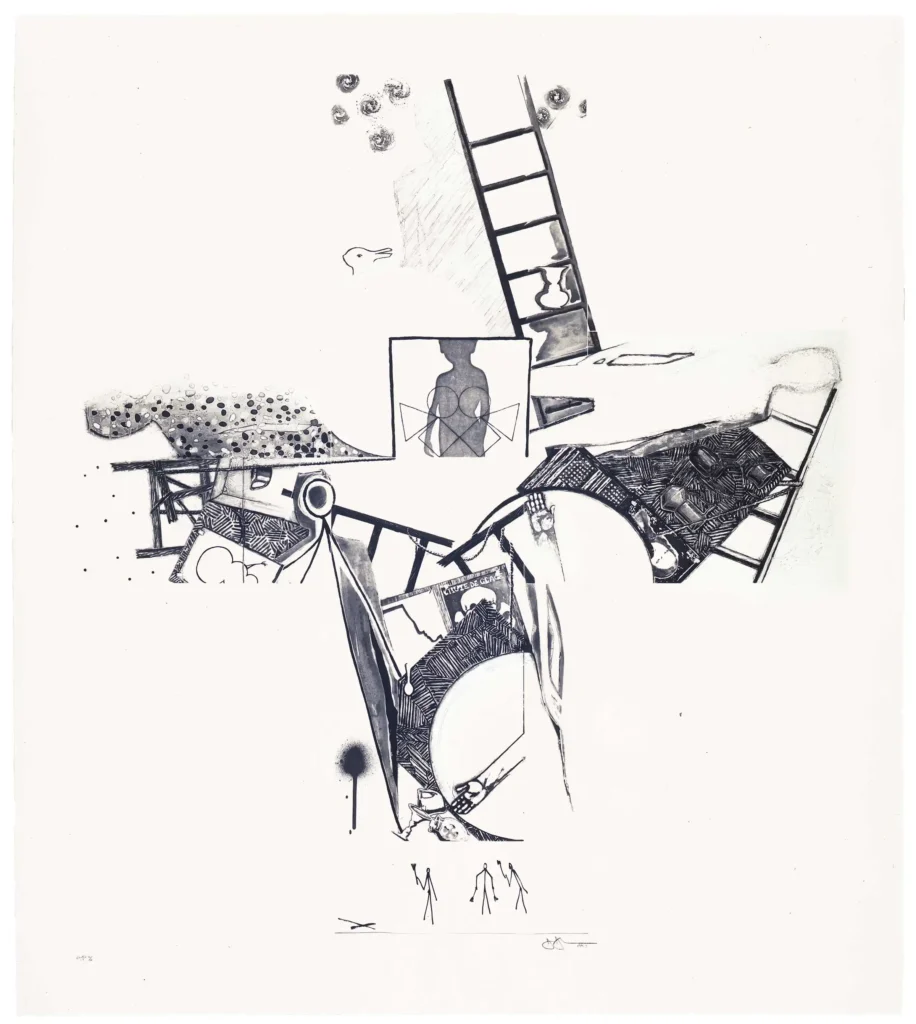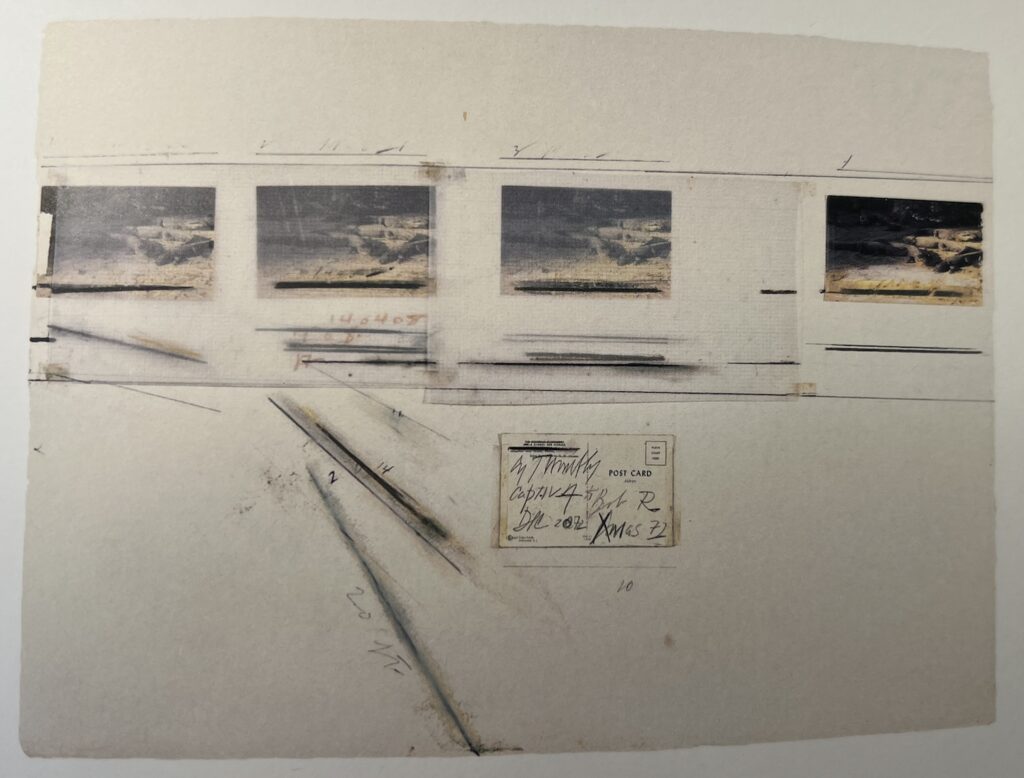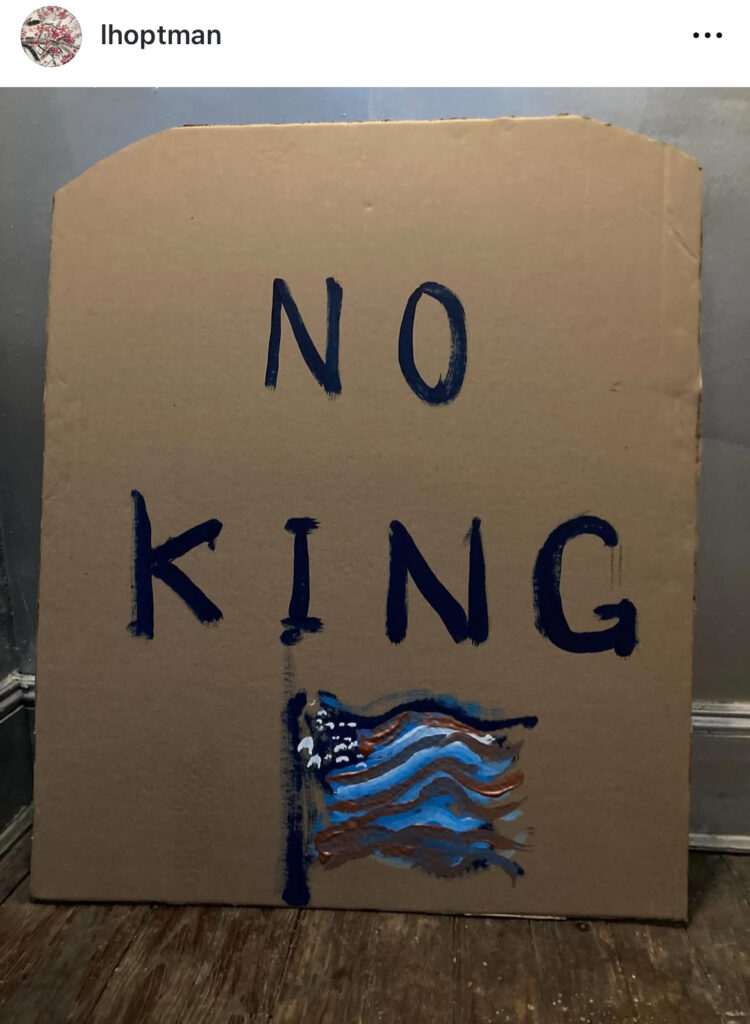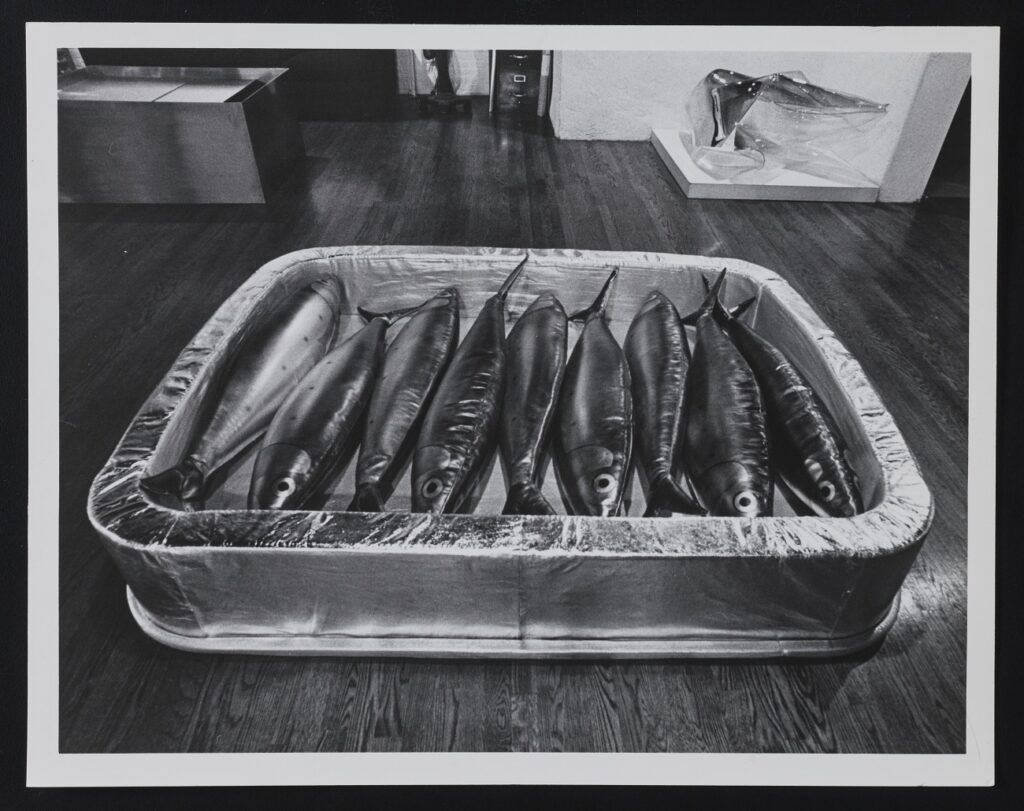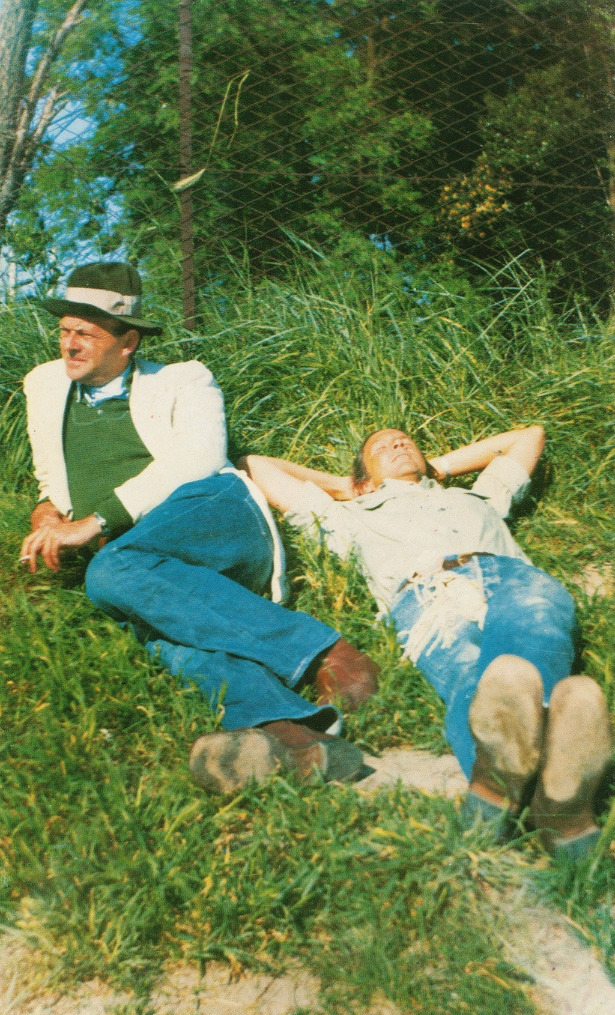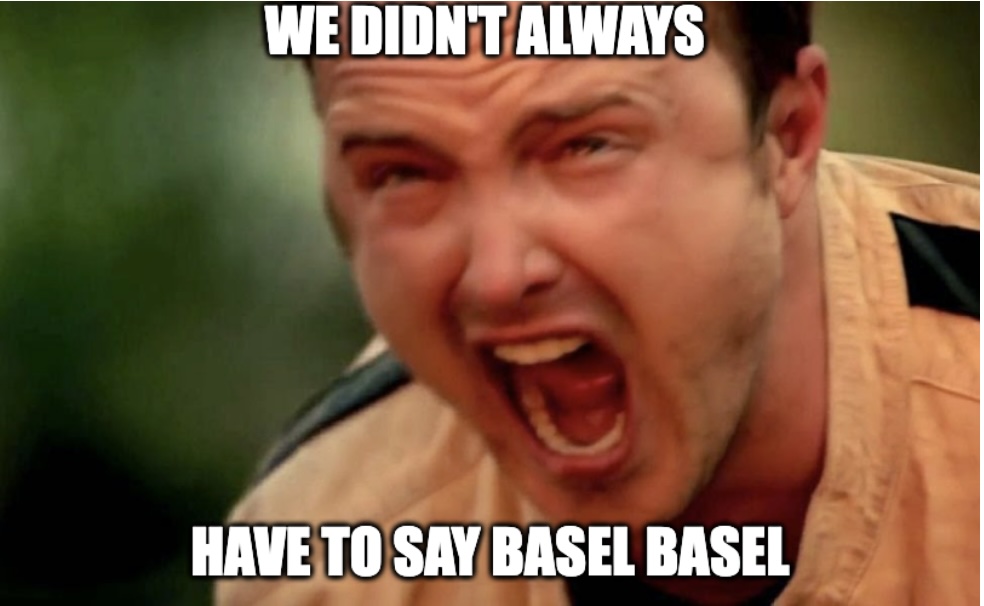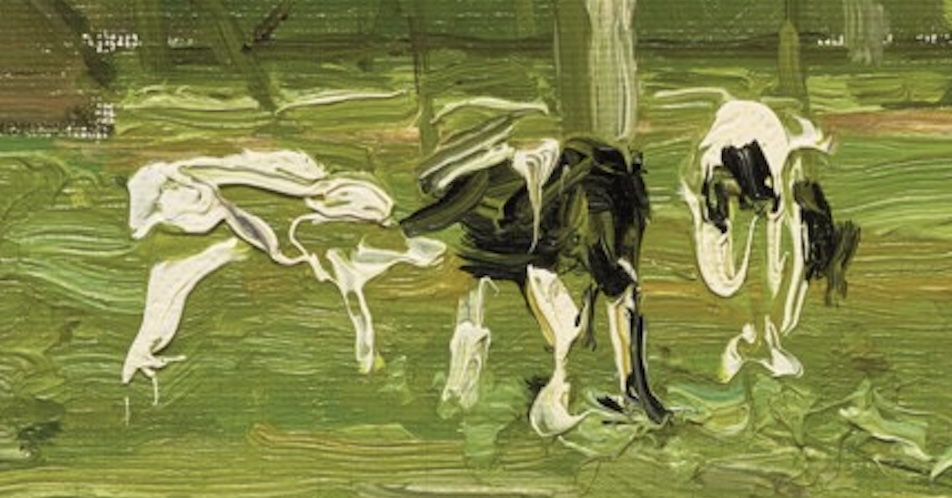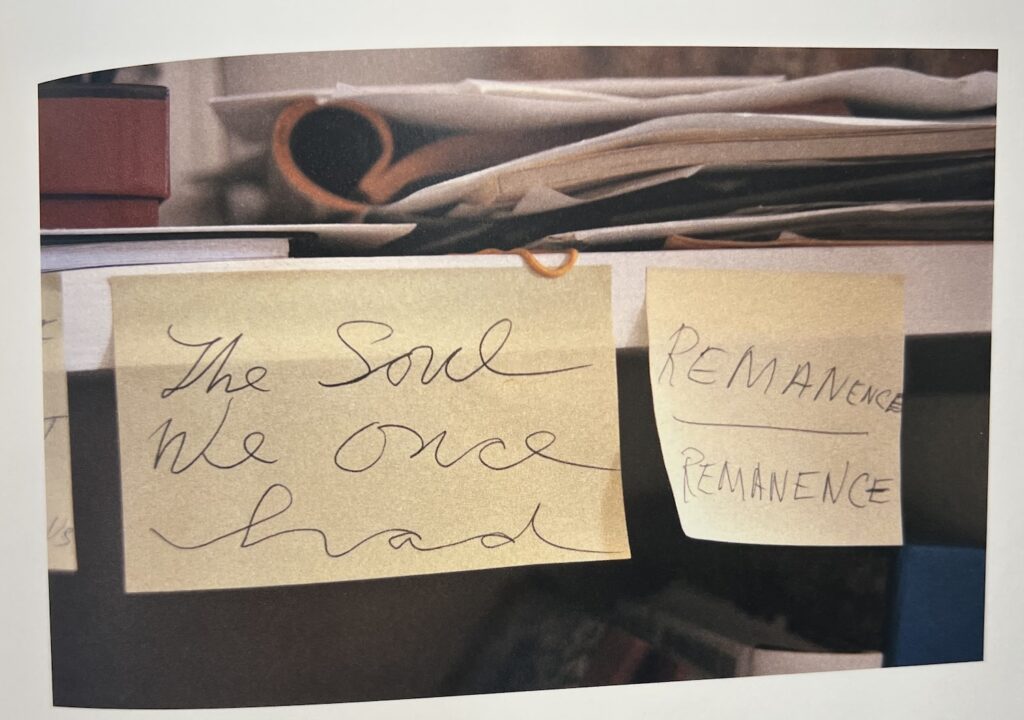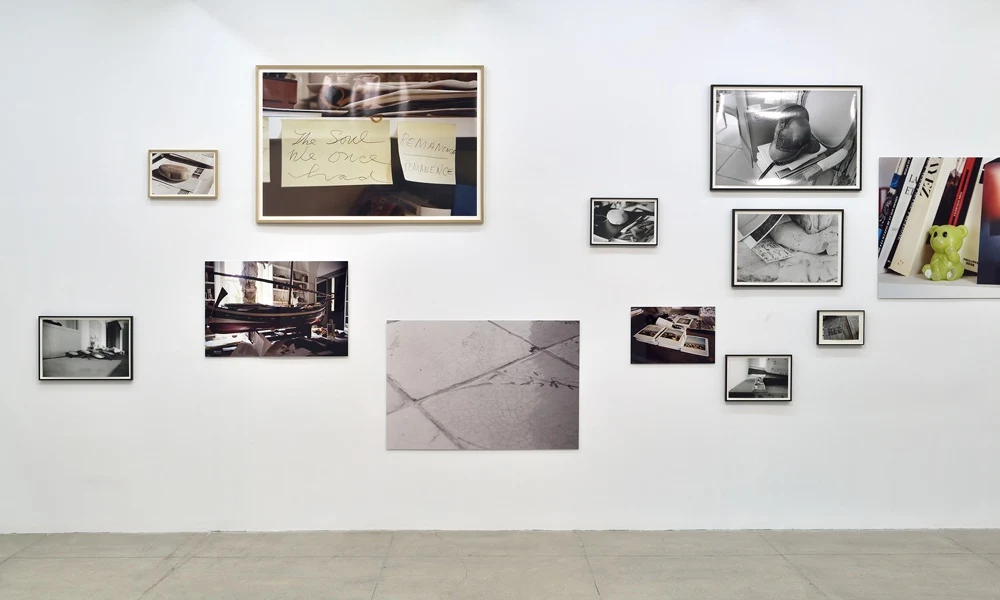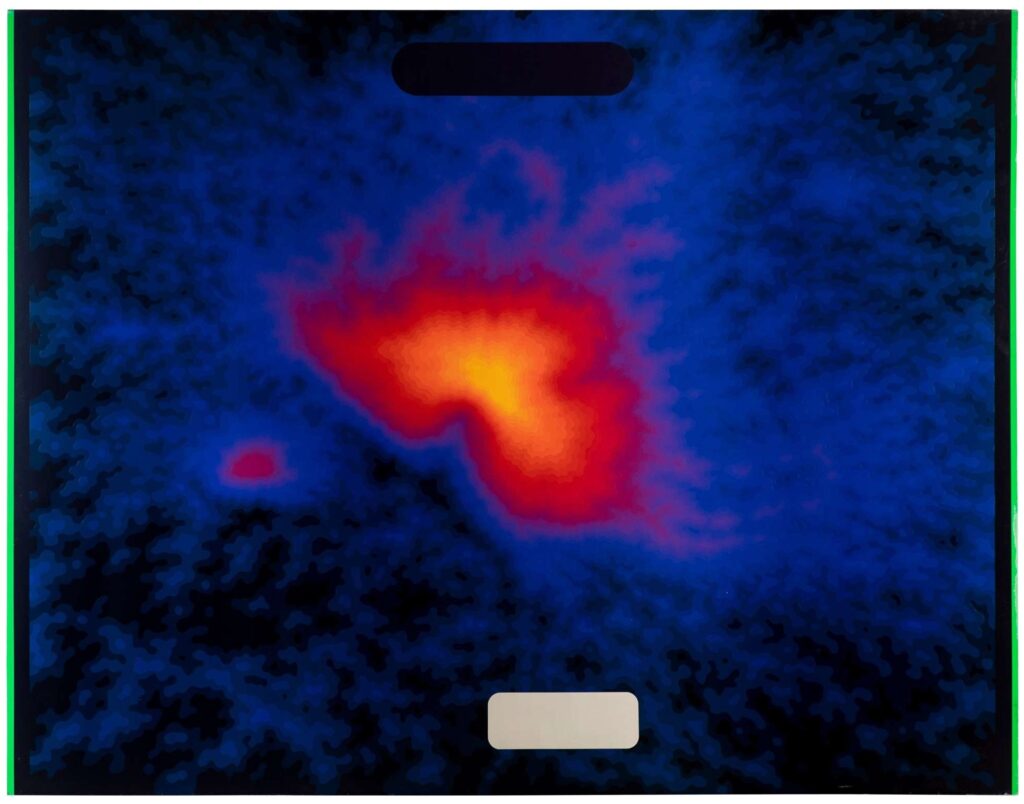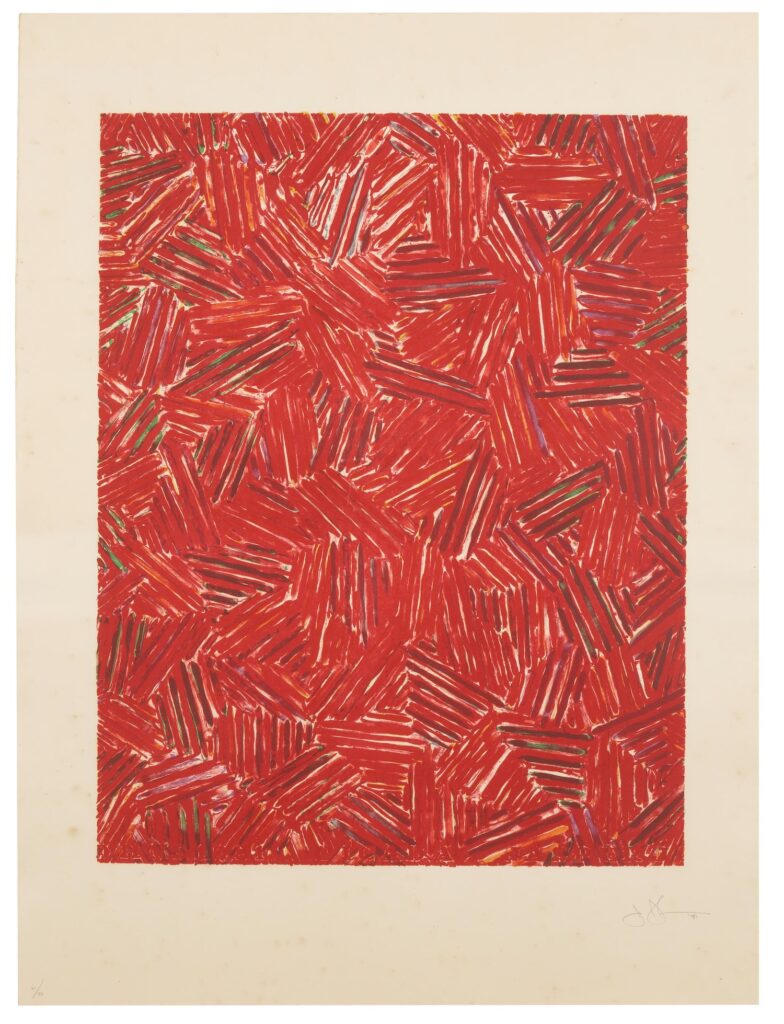
OK, have a seat, and pull up a table. The Cologne auction specialists at Lempertz are calling this, “An incunabulum of early 20th century design history,” and a “‘table ajustable’ for E.1027 from the personal collection of Eileen Gray.” The dates are 1925-28. The dates for E-1027 are 1926-29.
“Incunabulum,” of course, is a rare book term for the earliest printed books, before printing presses actually took off. So the implication here, is this is an ur-table of some kind. After all, this table has a black lacquered plywood top. And even the OG E-1027 table ajustable, in E-1027, in the guest room, which was designed for Gray’s sister to have breakfast in bed, had a glass top.
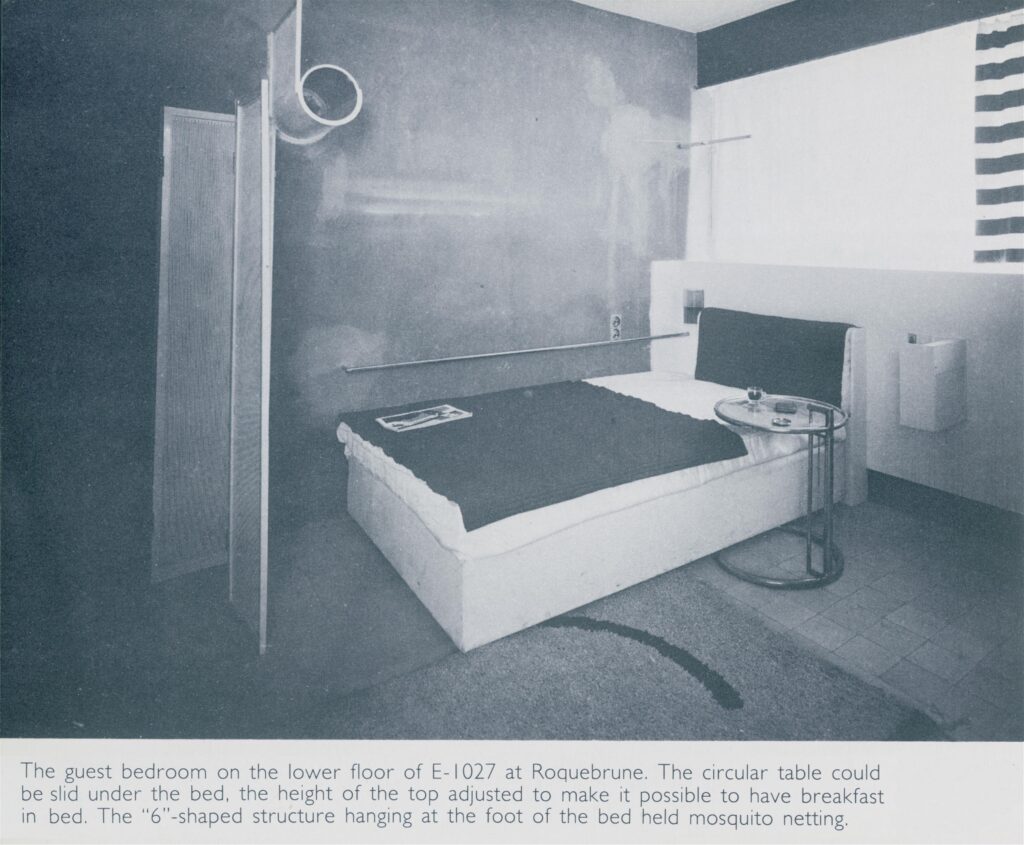
“For E-1027” is not necessarily the same thing as “from E-1027.” The original furniture for E-1027 was sold off while the house itself languished, but Gray’s foundational modernist designs were recognized and canonized during her lifetime. MoMA dates the E-1027 Table to 1927. Their example was fabricated in 1976, the year of Gray’s death, and has a dark glass top on sheet steel. [I think. Maybe someone can doublecheck? It’s on view rn in the David Geffen Wing.]
This table has an Eileen Gray mark on the underside. It was put there—and on the rest of his collection—by Gray champion/biographer Peter Adam. Turns out Adams’ heirs put the table up for sale at Sotheby’s Paris in May 2021, where it was described as a “prototype.” Adam bought it from Gray’s neice, Prunella Clough, who inherited it from Gray. The date for the table then was “vers 1970.” Was it a prototype for a variant with a plywood top? Did it break? Had it been broken for years in the garage, and she was like, “I’m 92; just put a plywood top on it”?
It is all a marvelous mystery, because the auction specialists at Lempertz have provided absolutely no information. While I have blogged myself out of excitement about this table’s history, I am very excited to watch Eileen Gray’s table that didn’t sell four years ago for EUR40,000 sell next month for EUR150-200,000.
[sale morning update: apparently I am the only one wanting to watch this sale, because the table was withdrawn at some point after this post. Though the page has completely disappeared, there is still an extensive, two-page spread on the table in the pdf catalogue. It has all the detail and discussion one would hope for from an experienced firm like Lempertz, including:
“Peter Adam lists six known examples of the ‘table ajustable’ from the period between 1925 and 1928. The Galerie Jean Désert offered an initial small-scale production run from 1927 to 1929. In 1970, Eileen Gray sold the license for series production of the side table (and a few other of her designs) to the Galerie Zeev Aram. Today, we do not know which version formed the basis of her agreement with Aram. Our table has the lacquered top—and is thus perhaps the earliest. It is very likely that she later moved on to more functional solutions (i.e., a metal and subsequently a glass top).”
While this does not account for the 2021 “vers 1970” dating, it certainly provides more insight for this sale—if it had happened.]

![this altered version of Caravaggio's Deposition from the Vatican Museums in Roma is a cascade of mourning figures holding or looming over the dead but still absolutely caked up body of Our Lord, with an outsized clipped version of Richard Prince's under-oath face roughly pasted onto the main figure in the center, the one who is holding Jesus, but, importantly, also looking straight at the viewer. Obviously, since this is a picture about Prince's deposition in a lawsuit, the so-called correct thing would be to paste his face on Jesus's, and in less apocalyptic times, I might have, but [looks at the world] I'm not taking that chance rn](https://greg.org/wp-content/uploads/2025/04/richard-prince-deposition-roma1-689x1024.jpeg)

